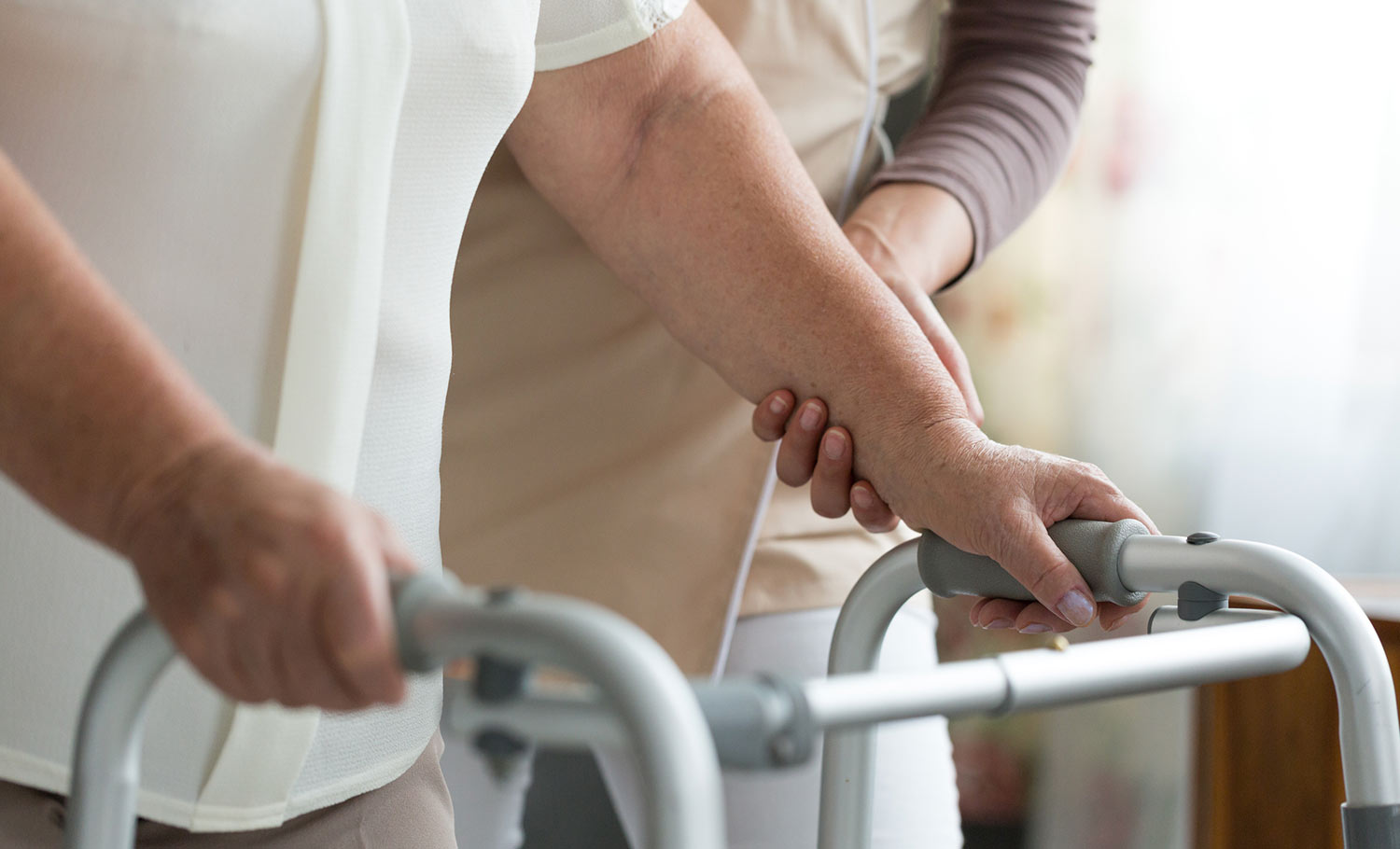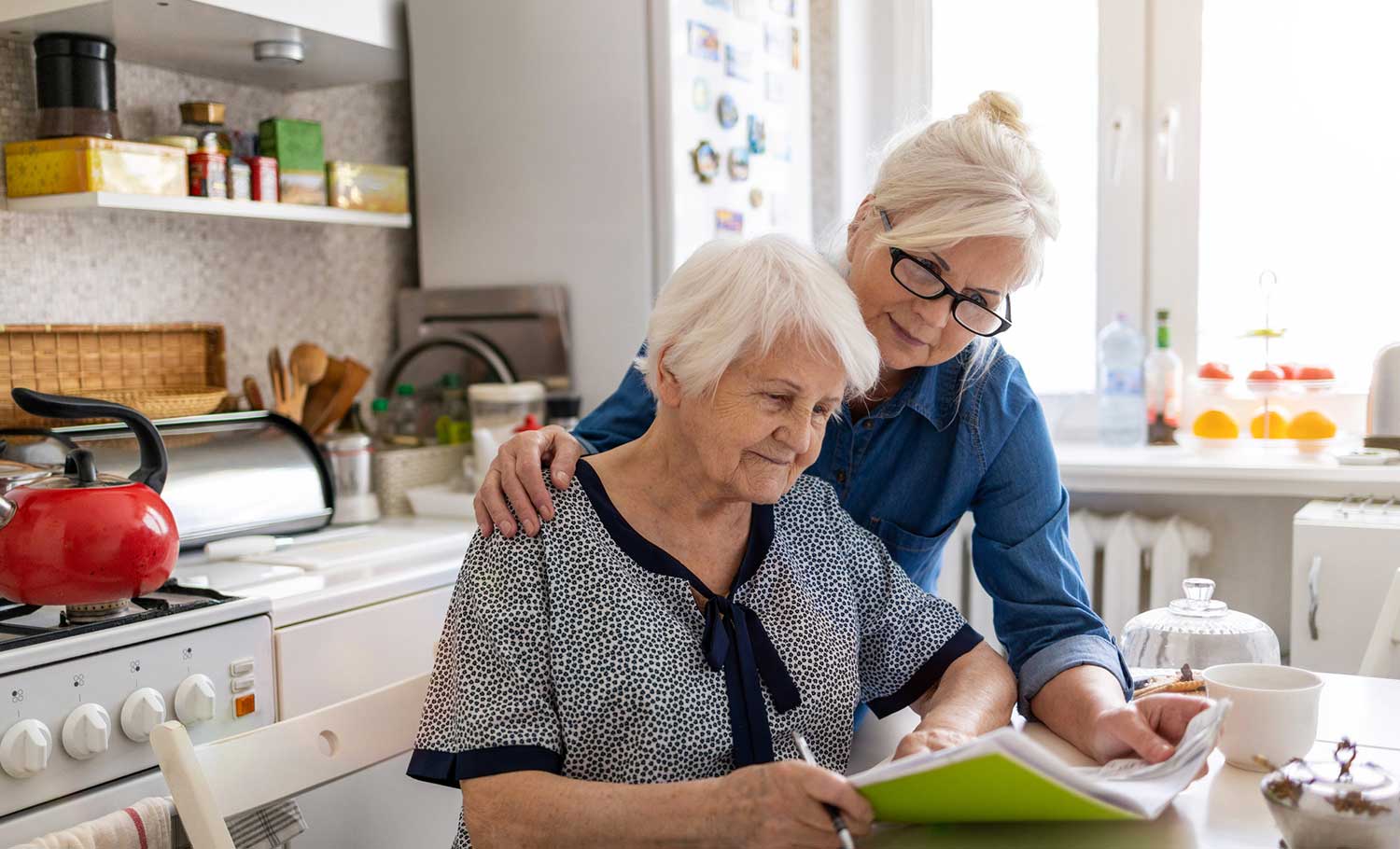Aging is a subject that most people like to avoid. As a specialist within the long term care environment, I’ve realized many people view the idea of moving into a different care setting as they age as a negative thing. Unfortunately, when I was in training I didn’t often get the opportunity to see patients in long-term care settings.
 WJHL Interview: Dr. Holly Berndt
WJHL Interview: Dr. Holly Berndt
I now feel so blessed to be able to participate in the care of residents of long-term care, skilled nursing, and assisted living facilities as the primary area of my practice. I was recently approached about the idea of “aging in place” and I feel that it’s a very important topic to address and not avoid discussing with our family, friends, and loved ones.
So, what exactly does aging in place mean? To me, a simple definition is being able to live out the rest of your life in one primary location. You don’t have to leave to go to the hospital or to a provider’s office — they come to you! For some people, aging in place means remaining in their homes. For others, it means moving into a different care environment such as assisted living or a long-term care center.
I feel fortunate to be able to care for seniors in my practice at Holston Medical Group (HMG). Providing my patients direct care in these settings allows me to spend extra time getting to know them, their caregivers and how they all interact within these surroundings. Too often, people think of these facilities as cold, uncomfortable, lonely places. That’s so far from the truth! Working with HMG’s Alternative Outreach Service, I personally get to see the residents in these settings, and I know the staff works so hard on a daily basis to provide a home-like environment that gives seniors as much comfort, safety, and independence as possible. I also know that the people who work in the nursing homes are very well trained and truly passionate about what they do.
There are lots of good choices for aging in place. The most important thing when making this decision is to choose the location where your loved one has the support they need to safely do the activities they enjoy.
4 Signs It’s Time to Talk
Even with all the options, it’s never easy to start a discussion about aging in place. Knowing the best location to do so — and when to go there — can be a tough decision.
Many seniors can stay in their homes because they can do what we call “activities of daily living,” or ADLs, with relative ease. This includes actions like cooking, bathing, cleaning, or getting up from a chair.
Let’s say, though, that your loved one starts having groceries delivered because they can’t drive to the store. Maybe they need to hire a lawn service because they can’t push the lawnmower. When you start to see an increased dependence on others for activities they used to be able to perform independently this is when you should start to talk with them about their future needs.

Don’t wait for a crisis to happen to start the conversation! Instead, agree early about which specific needs would trigger them to seek more support. For example, maybe you and your loved one can agree to talk about getting more help when they can no longer use the bathroom or bathe on their own.
Here are some specific signs that might indicate that more assistance at home is required:
- 1. Daily care changes
Are they having difficulty maintaining their own hygiene (brushing teeth, brushing hair, bathing)? - 2. Safety issues
When they cook, do they leave a stove or coffee pot on long after it has been used? Do they need help getting in and out of their bed or wheelchair? Have they started falling?
Are you noticing wandering behaviors or increased confusion? - 3. Feeding
Can they retrieve items from the refrigerator or microwave and feed themselves? Can they still cook their own meals? - 4. Toilet use
Can they use the bathroom and remain clean without help?
If you notice your loved one struggling to do ADLs by themselves, ask your loved ones healthcare provider to see what kinds of home based resources they might recommend. We can order things like home health to help or recommend outside resources such as meal delivery or other care providers to come into the home. If several warning signs are noted and it’s not possible to get additional caregivers into the home, consider helping them move to a more appropriate care environment. There are many choices for seniors based on the level of care they need, including assisted living centers and nursing homes.

With so much to consider, don’t be afraid to ask healthcare providers for guidance.
5 Tips for Caregivers
At HMG, we believe in collaboration and respecting all stages of life with compassion and care. Aging isn’t a disease, it’s just a natural process that we all must respect. So, when the time comes to consider alternative living environments for a loved one to age in place, I suggest:
- 1. Be honest and kind.
Start by reminding your loved one of the activities they can do well before pointing out the things that are becoming difficult for them. Say something like, “Mom, you still make the best pie in town! But, I see it’s a lot harder for you to walk up and down the stairs these days.” This can allow you to discuss the different ways you could deal with that difficulty. - 2. Don’t promise that they’ll never have to move.
Don’t promise your loved one that you’ll never move them into a nursing home. Although you might mean well, it could set the stage for stress and hurt feelings. You want to be able to do what’s best for your loved one without guilt. Very often, a long-term care center is the best place for someone to be because the people who work in that environment are well trained to care for residents with physical and cognitive disabilities. In fact, most centers offer social events that seniors miss out on if they live at home alone. Sometimes, these social engagements actually improve their health. - 3. Take time for yourself.
Realizing that an elderly relative is in the later years of their life can be hard to wrap your mind around. Because of the overwhelming nature of this, it’s important to take time for yourself and be in the right frame of mind to handle tough conversations. - 4. Seek help when you need it.
Reach out to care centers, your loved one’s healthcare providers, and your own healthcare providers. Here at HMG, we have the resources and experience to help you make good decisions about aging in place. - 5. Don’t take on more than you can handle.
Caregiving can be hard on your mind and body if you are caring for someone at home without all of the appropriate resources. Injuries can easily happen and can prevent you from caring for your older relatives. Mental burnout from caregiving can also limit our ability to fully give the care we desire to our loved ones. I have encountered many loving caregivers that neglected their own health issues or who became injured in an effort to avoid long term placement of their loved one
It’s hard to talk with loved ones about aging in place, but it’s the only way to ensure that they can live out their lives as happily, safely, and healthily as possible. It’s never too early to start this vital conversation.
Most importantly, remember that you are not alone! HMG is a family of care. As your health partner for life, we aim to treat your family like our own. We’re here through it all, aiding you and your loved ones as you explore the many options for aging in place.








